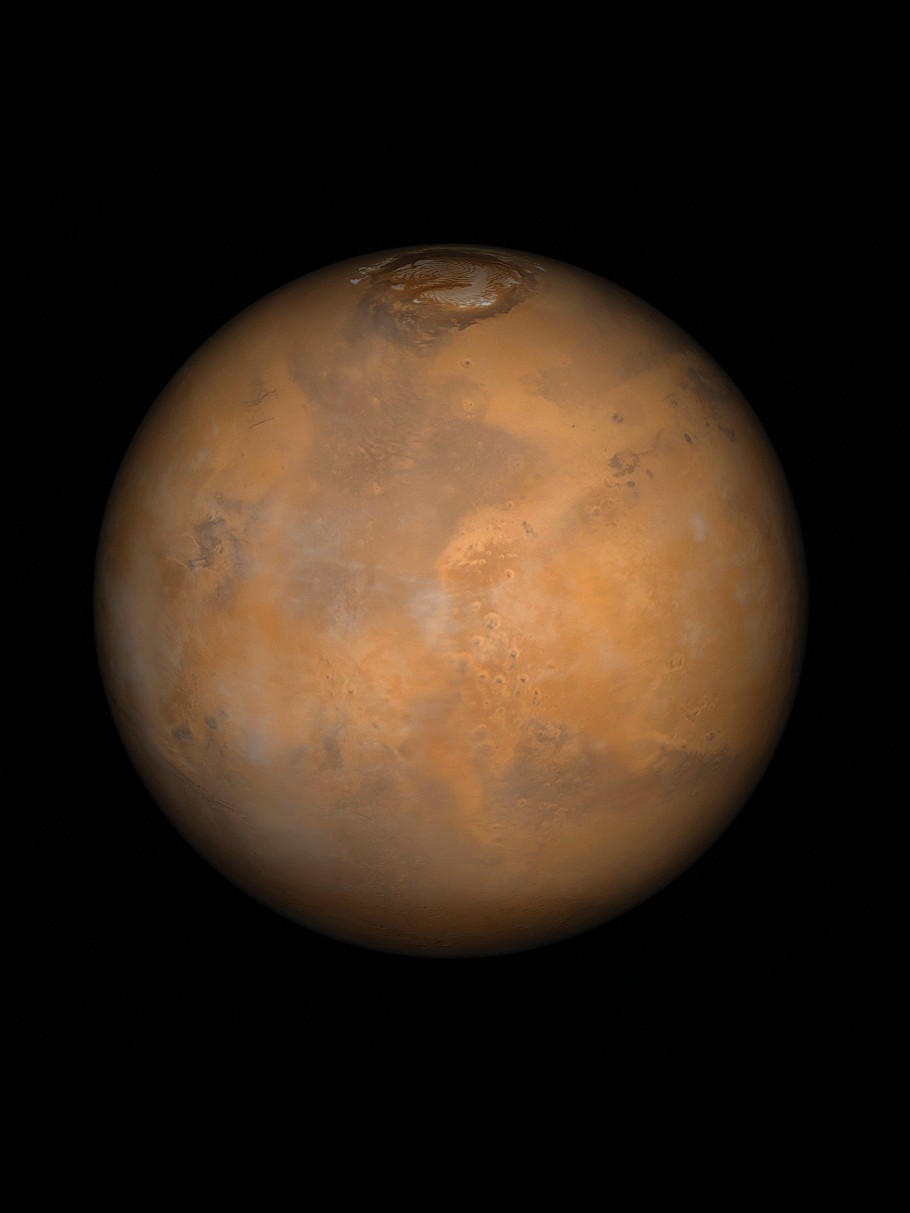Intelligent Machines
The Imperative to Explore



Following our first “small step for man” with the Apollo 11 landing on the moon on July 20, 1969, there was an expectation that mankind was embarking on our ultimate journey—the expansion of humanity into the cosmos. Unfortunately, more than 43 years since that remarkable event, we have made little progress toward this larger goal, save for extended human presence in low Earth orbit. One might question the very premise of our undertaking such a journey in the first place.
As Neil and I first stood on the surface of the moon looking back at Earth—a bright blue marble suspended in the blackness of space—the experience moved us in ways that we could not have anticipated. We immediately realized just how precious our tiny planet truly was, knowing that everyone who had ever lived, all the knowledge that was ever discovered, everything we had ever known or loved, resided on that astonishingly beautiful, incredibly small planet we call our home.
Yet there was also a sense of connectedness. Earth is in space, and everything that formed our planet—the elements from distant stars that combined with other elements and found their way to this special crucible that produced life, our life—came from space. Given that, the very question of whether we should go into space seems moot. We are already in space. It surrounds us, provides the energy that ultimately feeds and sustains us, while tantalizing us with its mysteries and fueling our hunger for understanding—understanding our origins, the uniqueness or abundance of life in the universe, and our human destiny.
There are, of course, many practical reasons for us to explore. They touch on our economic strength, our health and well-being, and the ability of our planet, with its finite and limited resources, to sustain us.
Don't Miss
The Deferred Dreams of Mars
In my own generation, NASA’s Mercury, Gemini, and Apollo programs inspired countless young students to pursue degrees in science and engineering, creating a technical workforce unmatched in our history. Many of these students eventually contributed to Apollo, and to other space-related endeavors, while others went on to careers in other fields. In the collective, they produced the technological breakthroughs that led to our successes in space, but they also produced technologies and capabilities that are a part of our daily lives—instantaneous global communication, weather forecasts and disaster prediction, systems that let us observe tyrants and monitor treaty compliance (which helps ensure peace), and electronic devices held in our hands that seem only slightly removed from “magic,” not to mention the analytical medical and health-care systems that extend our lives and contribute to our well-being. This remarkable growth in engineering, technology, and science created an economic base that still sustains us.
One of the most important questions we need to face in the near term is the question of sustainability. A world population of more than seven billion people is growing rapidly, consuming the limited resources of our planet at an unsustainable rate while we also create environmental distress that may adversely affect our future viability on Earth. We now have a clear choice—to compete for the diminishing resources remaining on Earth (a closed system) or to coöperate in the exploitation of the limitless resources and opportunities evident in space (an open and expansive system). To me the choice is an obvious one.
Given the periodicity of global events that have threatened life on Earth, and the inevitability of many new threats that we cannot predict, there is one obvious step we can undertake to enhance the survivability of our species, as our forefathers did so many years ago. That is to explore and settle new worlds, thereby establishing dissimilar redundancy and new populations that will doubtless evolve in very diverse ways, much as humanity did in the different continents on which it established a foothold and a new beginning here on Earth.
One way we might do it
I have spent several decades exploring the use of an Aldrin Mars Cycler—an innovative concept that would exploit the natural relative orbits of Earth and Mars to provide a reusable, periodic, perpetual method of transferring people and cargo between Earth and Mars. The permanently orbiting cycler would require very modest amounts of energy to maintain its trajectory. It would provide a repeating “orbital window” roughly every two years and 52 days (in Earth time), affording a nominal six-month transit time to Mars, whereupon the cycler would continue, departing Mars and returning to the Earth approximately 20 months later.
If a return or Mars flyby mission were desired, the crew would stay aboard the cycler and return to intercept the Earth’s orbital transfer orbit 20 months later, repeating the two years and 52 days orbital cycle. For Mars surface missions, the crew would depart the cycler as it approaches Mars, and use an entry vehicle, or Mars lander, for the entry, descent, and landing phase of the mission. A launch vehicle from the Mars surface could rendezvous with a second cycler for a six-month return trip to Earth.
Buzz Aldrin orbited the Earth in the Gemini 12 mission and piloted the lunar module on Apollo 11.